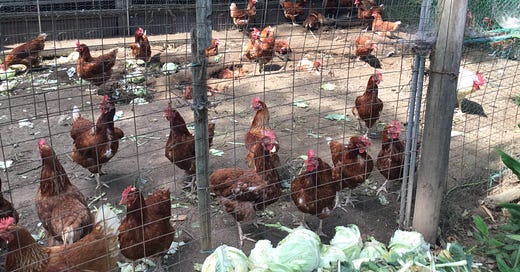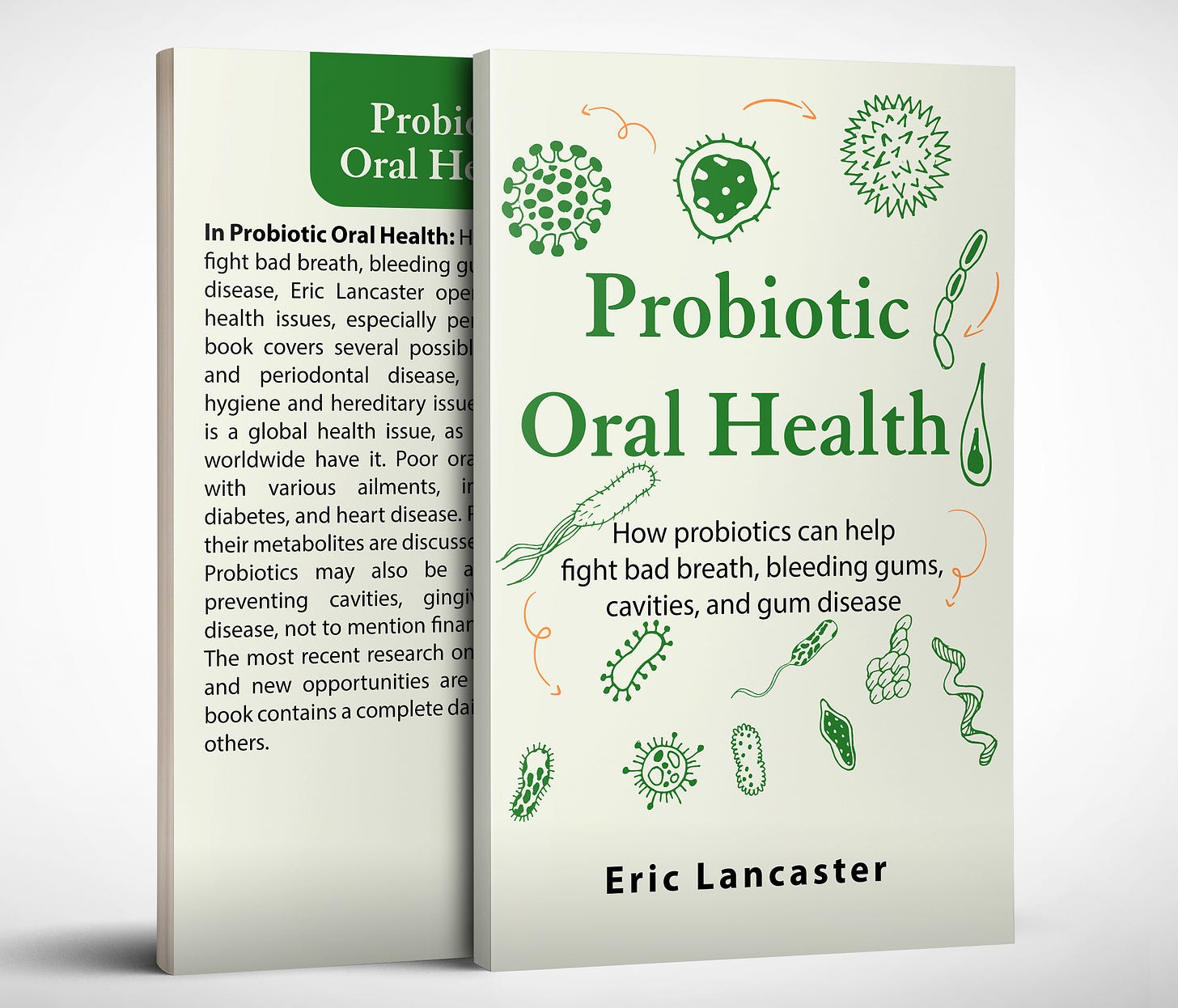25 years ago (1997), when I started working with Effective Microorganisms®, or EM®, I knew nothing about poultry. I could identify a turkey or a duck from a chicken. But I couldn’t tell the difference between a broiler and a layer. I always thought eggs and meat came from the same birds. My father-in-law raises chicken for eggs (layers), and my old business partner used to raise chickens for meat (broilers). Their farms were magnitudes different in size. My father-in-law’s chicken farm in Japan had about 1,500 birds at its peak. My business partner was growing for one of the largest poultry farms in the world. His primary farm had four barns, each holding 22,000 birds.
Both farms used EM probiotics in their operation. My father-in-law made his own feed. I got to help make this mix when I visited in 1998. Instead of the liquid EM-1, he would add bokashi (a fermented rice bran mix) to the entire batch. He would mix up the feed in advance so it would have time to ferment further. When it was ready, it would go out to the chicken barns. At the time, I didn’t realize everything was different in other farms. His barns had roofs, but the sides were wire. The chickens would go into a box-like area padded with rice hulls so the eggs would have a safe place to land. There were many roosters per barn (he was selling fertilized eggs). Out the back of the barn was another fenced-in area where the birds could go out and wander around and dig holes. Around the barns were garden beds full of comfrey. Every day we would cust some of the comfrey and throw it over the fence. The chickens loved it. Three times per day, we would go and collect the eggs and put them in baskets. We would take them inside, wash them off by hand, and put them into cartons. Then the eggs would go into a cooler for early-morning delivery to stores.
I met my future business partner in 2002. He lives in Texas and used to manage, among other things, four large broiler houses. He was a contract farmer for Pilgrim’s (formerly Pilgrim’s Pride). At the time, I was working at EMROUSA in Tucson, Arizona, the US manufacturer of EM-1, and he was the largest single buyer of EM-1 we had. We would talk when he placed an order, and I got to know him quickly.
He and I learned of EM-1 in 1997 (from different sources). He had built the poultry houses a few years before to help put his children through college. He encountered a few problems like his neighbors being upset over the odor. Through trial and error, he had figured out a program to fix his farms’ odor problems. Between flocks about every 55 days, he would spray down the barns, knocking the odor down immediately. He also started injecting the EM into the drinking water, which helped lower the odors, decreased mortality, and increased weight gain and feed conversion. He also lowered the birds' condemnation rates (rejects due to defects). For the next ten consecutive years, he was the top-producing farm in his grower’s group.
My partner had started a business selling ready-to-use products to dozens of poultry farms, and for about five years, all of them could repeat his successes until I came around and focused on compliance. In 2002, I learned one of the microbes in the product was not allowed under the FDA to feed birds. I had to give him the bad news, which effectively shut his business down in one phone call. Over the next several months and many phone calls with the FDA, I found a consultant to guide us through the approval of the FDA. It took ten years! In late 2012 we received notice that we were allowed to use the product as a “Direct Fed Microbial” or a probiotic in the United States. 2014 a paper on using a ready-to-use version of EM on poultry litter was published. The research was conducted through the USDA ARS office in College Station, Texas. It was focused on treating the poultry litter and demonstrated 91% control of Salmonella Typhimurium, a common pathogen in the poultry industry. (see link below)
After the documentation of Salmonella suppression, we got the attention of some turkey farms. They conducted 3 years of trials before committing to regular use of the product. We were also approached by a veterinarian who was flooding for a biological approach to controlling salmonella. He expanded our business for several years until his passing. We also started selling into several layer operations in the Midwest through a third-party manufacturer. As you can imagine, the layer results are quicker to see. We learned that changes could be seen from applying the probiotics within ten days.
Over the next couple of weeks, I will focus these posts on the effects of probiotics in poultry. This information will be helpful if you are raising chickens in your backyard or commercially. Of course, I go a little technical to explain how and why probiotics work.
C.L. Sheffield, T.L. Crippen, R.C. Beier, J.A. Byrd. Salmonella Typhimurium in chicken manure reduced or eliminated by addition of LT1000, Journal of Applied Poultry Research, Volume 23, Issue 1, 2014. Pages 116-120. ISSN 1056-6171. https://doi.org/10.3382/japr.2013-00867.(https://www.sciencedirect.com/science/article/pii/S105661711930368X)
Please check out my book, Probiotic Oral Health, available on Amazon.com.
If you’d like to book consulting time with me, please visit my website: ProbioticsHealTheWorld.com.





